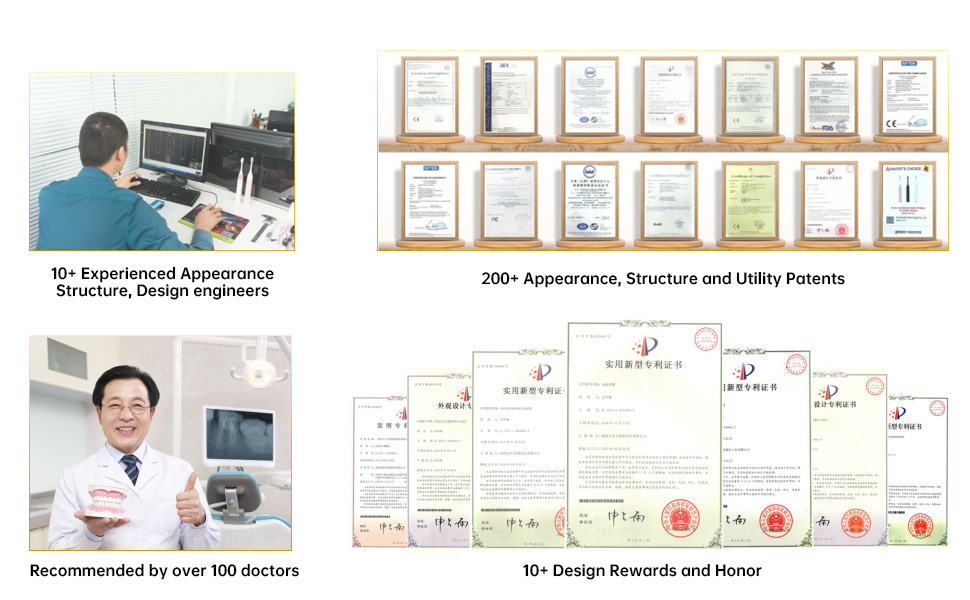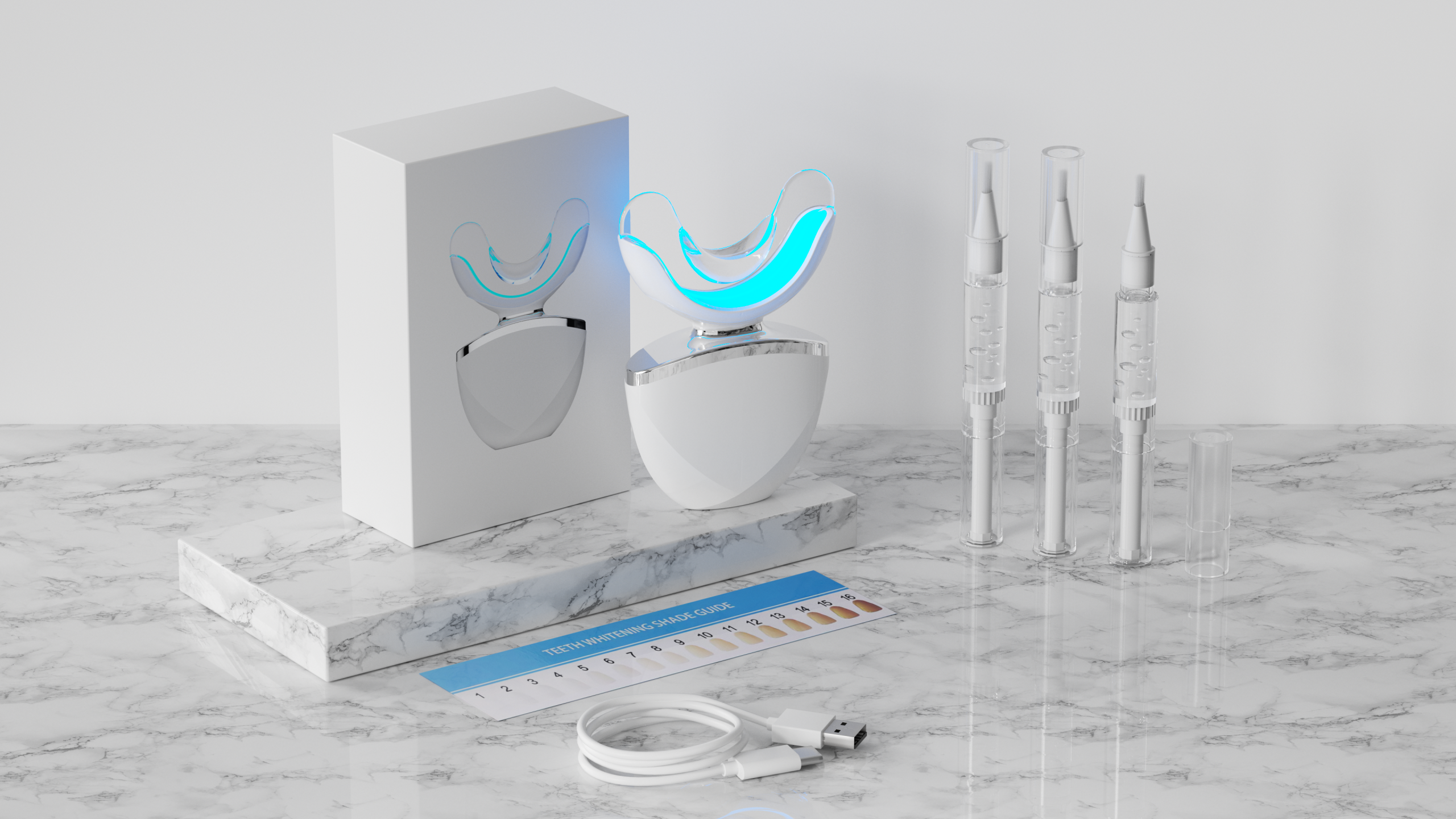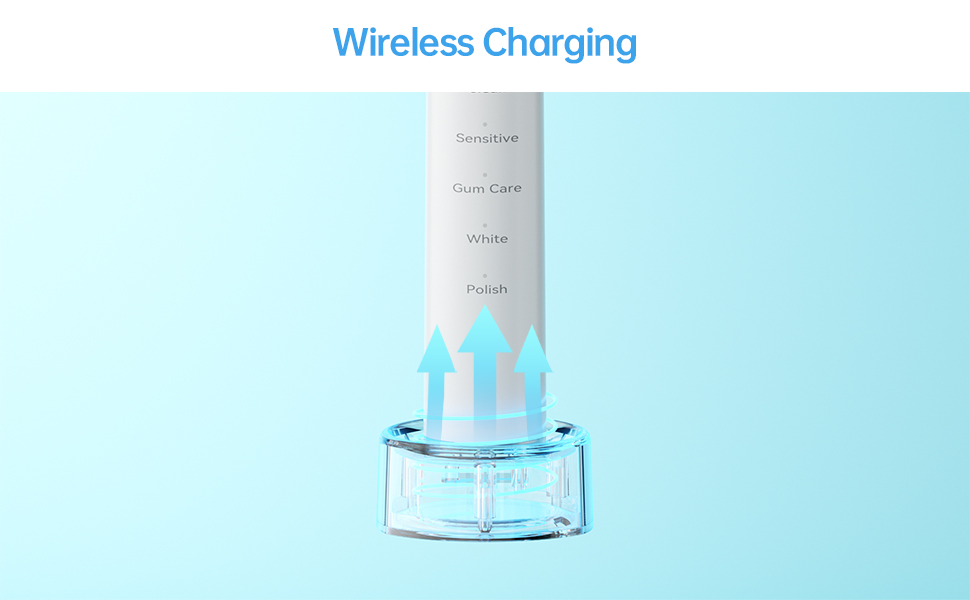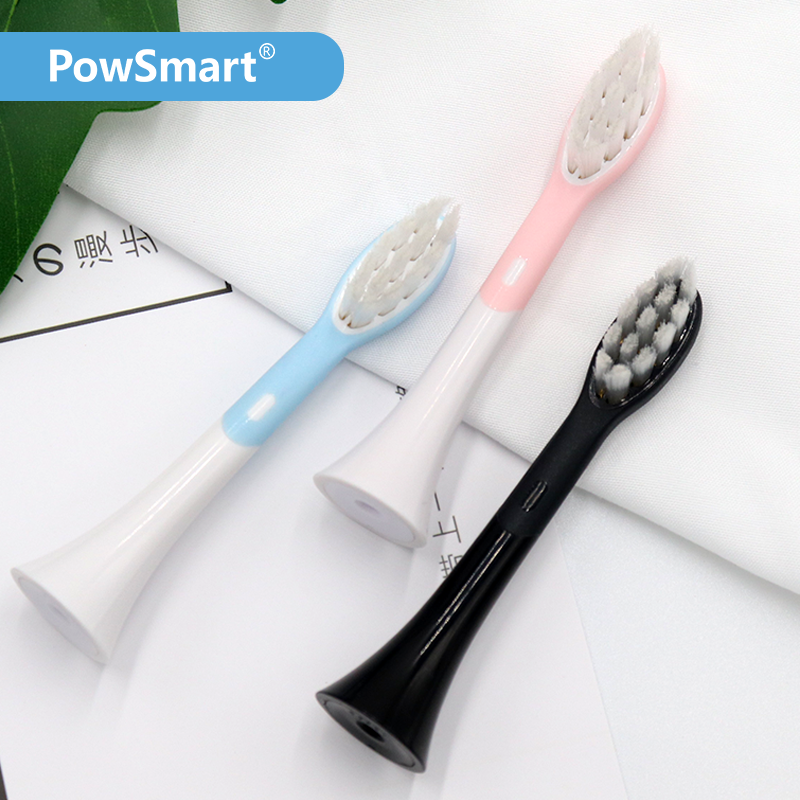When it comes to child safety, the materials used in kids’ electric toothbrushes play a critical role. With increasing concern around material toxicity, parents are more cautious than ever, and brands that manufacture or supply children’s oral care products must meet rising standards. For B2B buyers—whether you’re sourcing for retail, OEM, or private label—understanding the safety implications of materials is no longer optional, it’s essential.
Children’s oral tissues are more sensitive, and their immune systems less developed than adults’. A brush head made from substandard plastic or pigment may leach harmful chemicals into the mouth during brushing. This is especially risky for children who tend to chew on brush heads. That’s why child safety begins with choosing certified, non-toxic, BPA-free, and phthalate-free materials that are compliant with FDA, LFGB, or EU EN71 standards.
The term material toxicity refers to the potential for a material to release harmful substances under normal or stressed use. In kids’ toothbrushes, this can involve:
These substances can cause allergic reactions, endocrine disruption, or long-term developmental harm if repeatedly ingested or absorbed through oral mucosa.
Manufacturers that prioritize safety typically choose materials such as:
It’s critical that suppliers validate these material claims with third-party certification and traceability down to the raw resin batch. Company web:https://www.powsmart.com/product/electric-toothbrush/
Even if the toothbrush itself is safe, the packaging and included accessories (charging bases, stickers, storage cases) may introduce risks. Soft-touch coatings, scented inserts, or ink-printed manuals could contain unregulated additives. Ensuring full product ecosystem safety is part of holistic child safety compliance.
B2B buyers should require suppliers to test entire product kits, not just brush units, to avoid recalls or regulatory pushback.
To ensure products are free from material toxicity, manufacturers should perform:
Factories that can consistently provide these test results signal high maturity and reliability.
For buyers and brand owners, reducing material risk starts with strategic sourcing. Key steps include:
A proactive safety-first approach will not only protect end users but also elevate brand reputation and reduce compliance costs long term.
In today’s highly regulated and consumer-conscious market, the safety of children’s electric toothbrush materials is under close scrutiny. Issues related to child safety and material toxicity are not just parental concerns—they’re B2B priorities. Choosing certified, proven materials is no longer a differentiator—it’s the baseline. Ensure your products meet these standards, and you’ll gain long-term trust from both retailers and end-users.


How to Create High-premium Oral Care Products through the Concept of “Treating Yourself Well”?
.jpg)
Key Points for Customized Water Flosser Nozzle: Food-Grade Silicone vs. PP Material and Antibacterial Structure Design

Can Travel Electric Toothbrush’s Waterproof Failure Cause Circuit Corrosion?
.jpg)
How to Evaluate an Electric Toothbrush Supplier Portfolio and Electric Toothbrush Supplier Capabilities?

Electric Toothbrush Head Customization Solution and Range
Post-Surgery Risks Worsened by Jaw Discomfort?

Does the 40000 Strokes/Min Sonic Brush Trigger Gum Recession?
.jpg)
Real-Time Brushing Tracking: How Smart Toothbrushes Improve Oral Care

Analyzing Oral-B Style Handle Technology: A Cost-Benefit Guide for OEM Brands
.jpg)
Gentle Oral Care Products for Sensitive Gums: A Guide for Brands Seeking the Right Manufacturer

The Market Potential of Teeth Whitening: The Consumer Psychology Behind Annual Growth of Home Teeth Whitening Devices
Electric Toothbrush with App Connectivity – Smart Oral Care for B2B Markets
.jpg)
Customization of Oral Irrigator Pulse Frequency: How to Balance 1400–1800 Times/Minute with Noise Control?

Want Electric Toothbrush Industry Insights for a Thorough Electric Toothbrush Competitor Analysis?

Are Electric Toothbrush Heads Universal?
.jpg)
What’s the Gentlest Brush for Gums?
.jpg)
Florida Electric Toothbrush – Powsmart PTR-C8

electric toothbrush heads Deep Clean

electric toothbrush heads Charcoal Infuse-Round

Electric toothbrush heads Charcoal Infused-Diamond

Customization Teeth Whitening Gel

electric toothbrush heads Ultra Soft

electric toothbrush heads Regular Clean

Private Label Whitening Gel
whstapp
whstapp
National Toll-Free Service Hotline
+86 755 86238638